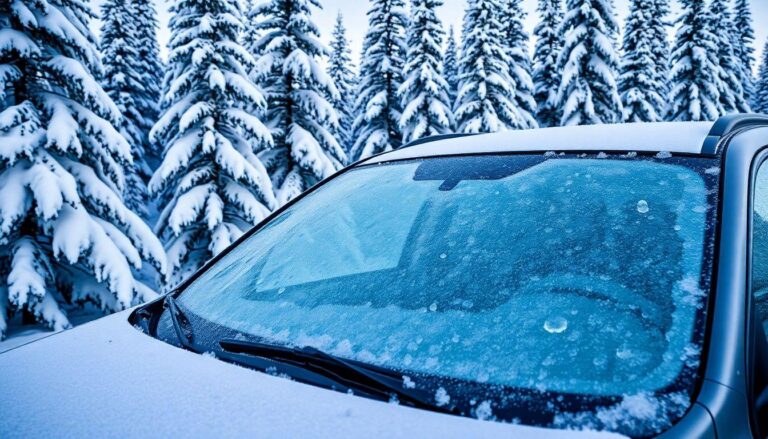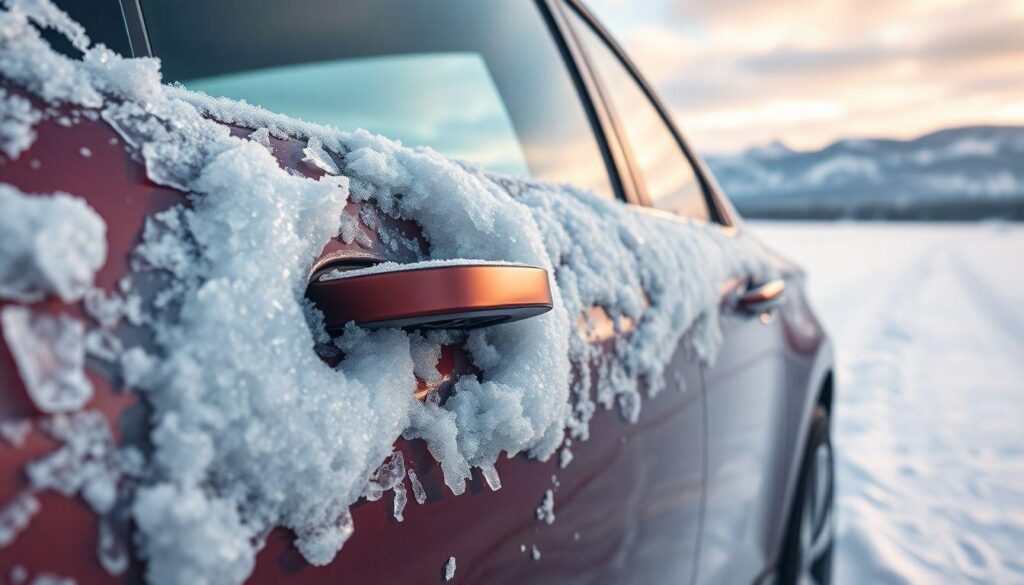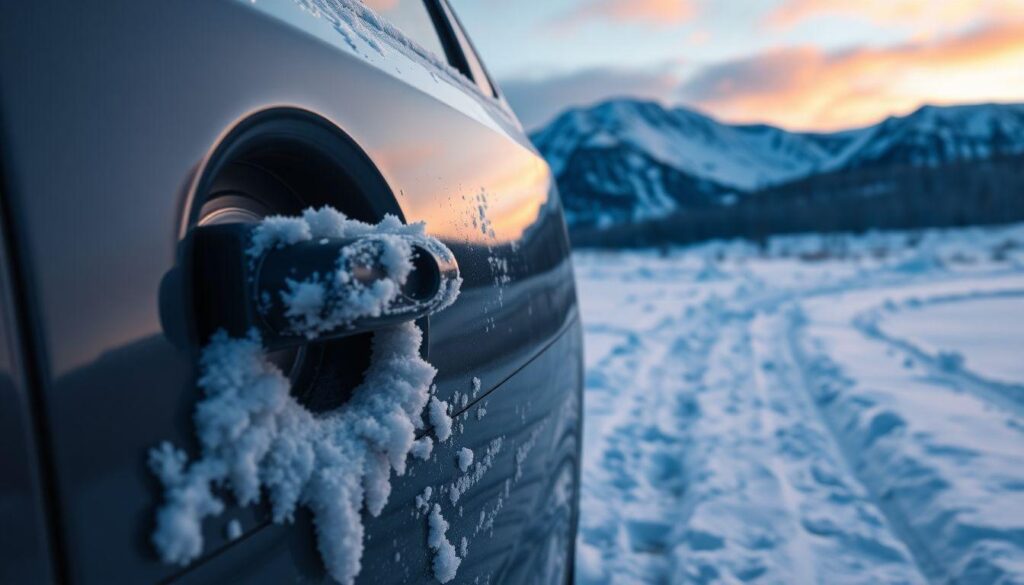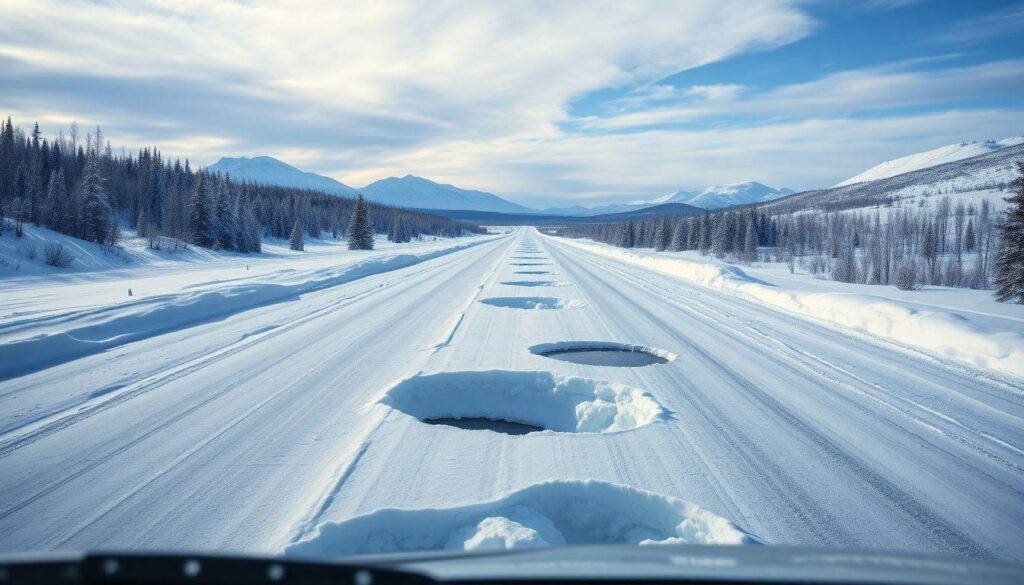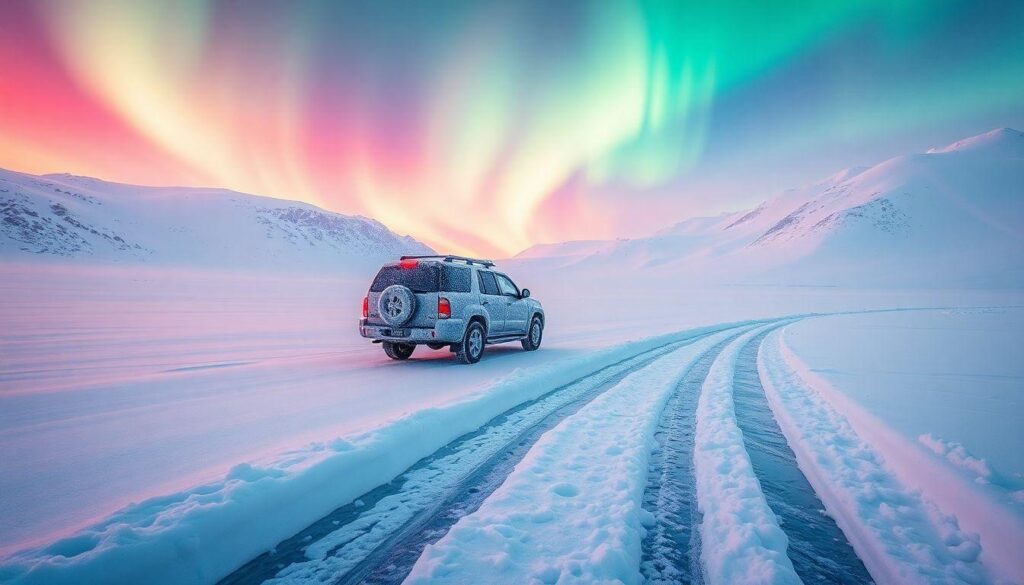When winter arrives in Canada’s north, it brings challenges that most drivers down south can’t even imagine. Those brutal Yukon mornings when you stumble outside with your coffee, only to find your windshield wipers frozen solid to the glass, can turn a simple commute into a real headache. But here’s the thing – dealing with frozen windshield wipers doesn’t have to ruin your day or leave you stranded in your driveway.
You know that sinking feeling when you turn on your wipers and they just sit there, stubborn as a mule? Or worse, when they try to move but scrape across your windshield like nails on a chalkboard? We’ve all been there, and honestly, it’s one of those winter realities that nobody really prepares you for until you’re living it.
Why Your Wipers Turn Into Ice Sculptures Overnight
Before we jump into solutions, let’s talk about what’s actually happening here. When temperatures drop below freezing, any moisture on your windshield – whether from snow, rain, or even just humidity – creates a bond between your wiper blades and the glass. It’s like nature’s super glue, except way more annoying.
The rubber in your wiper blades also gets stiff when it’s cold, making them less flexible and more likely to stick. Add some freezing rain or wet snow to the mix, and you’ve got yourself a perfect storm for wiper paralysis.
Prevention is Your Best Friend
Lift Those Blades Before the Storm Hits
This might seem obvious, but you’d be surprised how many people forget this simple step. Before any overnight freeze, lift your wiper blades away from the windshield. Yes, it looks a bit silly – like your car is surrendering to winter – but this little gesture can save you so much hassle in the morning.
Just make sure you’re gentle when lifting them. Cold rubber can be brittle, and the last thing you want is a cracked wiper blade on top of everything else.
The Magic of Wiper Fluid Treatment
Here’s something that changed my winter driving game completely: treating your windshield with a quality winter washer fluid before the cold hits. Look for one rated for temperatures well below what you expect to encounter. The alcohol content in these fluids creates a barrier that makes ice formation less likely.
Some folks swear by applying a thin coat of cooking spray to their wiper blades before winter weather. It sounds weird, but the silicone creates a slippery surface that ice can’t grip as well.
Cover Up for Success
If you’re expecting a particularly nasty night, consider covering your windshield entirely. You can use a tarp, cardboard, or even specialized windshield covers. Sure, it’s extra work, but removing a cover beats chipping ice any day of the week.
When Prevention Fails: The Fix-It Toolkit
The Gentle Approach That Actually Works
When you discover your wipers are frozen solid, resist every urge to force them. I know you’re running late, and I know it’s frustrating, but yanking on frozen wipers is like playing Russian roulette with your car’s electrical system.
Instead, start your car and let the defroster work its magic. Turn the heat up and direct all airflow to the windshield. This gradual warming will start melting the ice from underneath, loosening the bond between blade and glass.
While you’re waiting – and yes, you’ll need to wait about 10-15 minutes – you can gently pour lukewarm water along the base of the wiper blades. Not hot water, which can crack your windshield, but comfortably warm water that helps speed up the thawing process.
The De-Icer Solution
Commercial de-icer sprays are worth their weight in gold during Yukon winters. Keep a bottle in your house, not your car – because frozen de-icer helps nobody. Spray it generously along the wiper blades and give it a few minutes to work.
You can also make your own de-icer using a mix of two parts rubbing alcohol to one part water. Add this to a spray bottle, and you’ve got an emergency solution that works almost as well as the store-bought stuff.
What Not to Do When Your Wipers Are Frozen
Let’s talk about the mistakes that can turn a minor inconvenience into an expensive repair bill. Never, and I mean never, turn on your wipers when they’re frozen to the windshield. You might think you’re being clever, but you’re actually risking damage to the wiper motor, which can cost hundreds to replace.
Don’t use hot water, either. The sudden temperature change can cause your windshield to crack, especially if there are already tiny chips or stress points. And please, resist the urge to whack the ice with scrapers or other tools. Your wiper blades are more delicate than they look.
Tools That Make the Job Easier
Investing in the right tools makes dealing with frozen windshield wipers so much more manageable. A good ice scraper with a brush attachment helps clear snow and loose ice without damaging your blades.
Consider getting winter-specific wiper blades too. These have a rubber boot that covers the blade assembly, preventing ice buildup in the joints and hinges. They cost a bit more upfront, but they’ll save you countless headaches throughout the winter months.
Building Your Winter Morning Routine
The reality of Yukon winters means building extra time into your morning routine. I’ve learned to start my car at least 15 minutes before I need to leave, giving everything time to warm up properly. Use this time to clear snow from the rest of your car, check your tire pressure, or just enjoy that second cup of coffee.
Keep a small spray bottle of de-icer mixture in your house, along with a scraper and some old towels. Having everything ready to go means you’re not fumbling around in the cold trying to find what you need.
When to Call It a Day
Sometimes, despite your best efforts, conditions are just too severe for safe driving. If your wipers are repeatedly freezing during your trip, or if ice keeps building up faster than you can clear it, it’s time to find a safe place to wait out the worst of it.
Your safety is worth more than any appointment or deadline. Yukon winters demand respect, and sometimes that means admitting when conditions have won the day.
Remember, dealing with frozen windshield wipers is just part of the northern driving experience. With the right preparation and techniques, you can handle whatever winter throws at you. If you found these tips helpful, feel free to share this article with your friends and followers who might be facing the same icy challenges this winter season.

